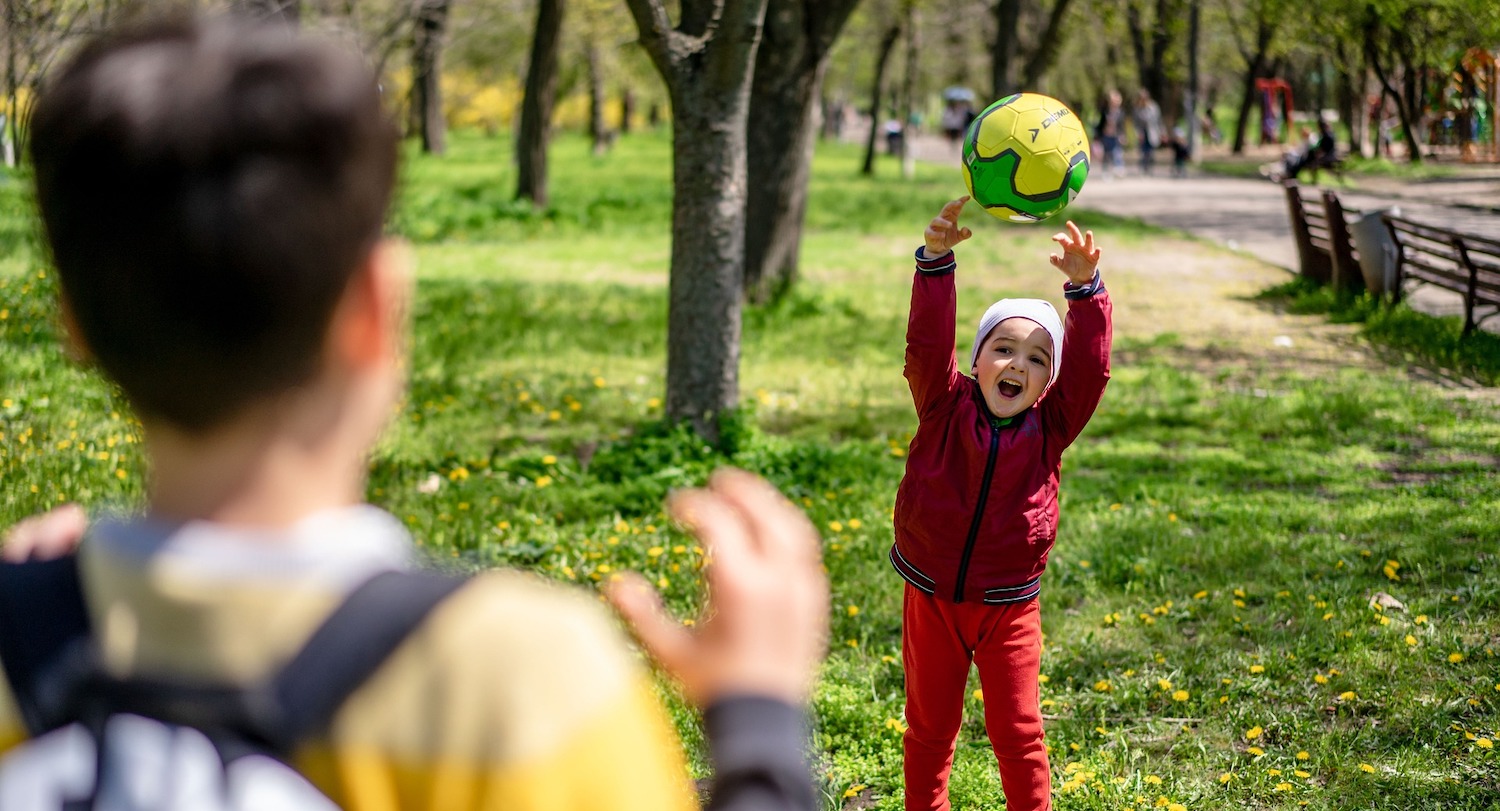
It’s no secret that American children have a problem with obesity — about two in 10 carry that label, a percentage that doubles in adulthood.
David Stodden, a University of South Carolina professor of physical education, says an even bigger crisis is brewing that affects a much larger percentage of children and negatively affects all aspects of health. He calls it an epidemic of functional movement decline.
Data on children from different states across the U.S. demonstrate that “Seventy-five percent of children are at the 25th percentile and below based on a normative motor skill development levels, which means far too many kids are at risk for long-term developmental delay,” says Stodden, who directs the Human Performance and Development Laboratory at the university.
In short, many children are not only minimally participating in physical activity but also have fallen behind in acquiring basic motor development skills that dramatically hinders their capability to play.
“They don't have the skills to be able to successfully participate in sports or even in recess, physical education and playing with others,” Stodden says. “They don't have the functional coordination and control to be able to get themselves up a slide or play on other playground equipment — they can’t play.”
"Kids learn to interact with other kids primarily through physical play. What if you’re not skilled enough to be able to do the activities that other kids are doing?"
Children who have fallen behind in motor development have difficulty reaching a healthy level of cardiorespiratory fitness or participating in the recommended 60 minutes of moderate to vigorous physical activity per day. That lack of fitness bodes ill for physical health in adulthood and for the nation’s military readiness. Data from his lab also indicates those at the 25th percentile and below in the skills that are supposed to be developed across childhood and adolescence demonstrated over a 70% chance for failing the Army Combat Fitness Test. Collectively, these alarming data also have implications for long-term psychological well-being, Stodden says.
“Kids learn to interact with other kids primarily through physical play,” he says. “But what if you can’t play on the playground equipment? What if you’re not skilled enough to be able to do the activities that other kids are doing?
“That’s where children develop the capability to understand, ‘Hey, I’m not successful at that, I don’t get picked in this activity.’ And that affects their perceptions of competence, self-efficacy and motivation.”
Recent research papers from Stodden’s team have linked motor development not only to physical activity and fitness but also to the full spectrum of human health, including psychological, social, emotional, behavioral and cognitive aspects. “We look at performance from a developmental perspective, which basically means we've got to look at it from early childhood,” he says.
“We move to learn as we learn to move” is Stodden’s mantra regarding children’s motor development, and he says parents can be a part of the process simply by going outside with their children — and moving with them.
“Interacting with your child in physical activity is critical in early childhood,” Stodden says. “Learning how to walk, run, hop, jump, skip, kick, throw and catch — it’s all those pieces of the puzzle, and it’s not about learning those things so you can just play in organized sports. It's about understanding how to control and coordinate your center mass and extremities in a gravity-based environment, which will translate to how well you’re able to maintain your physical activity habits and independence later in life.”